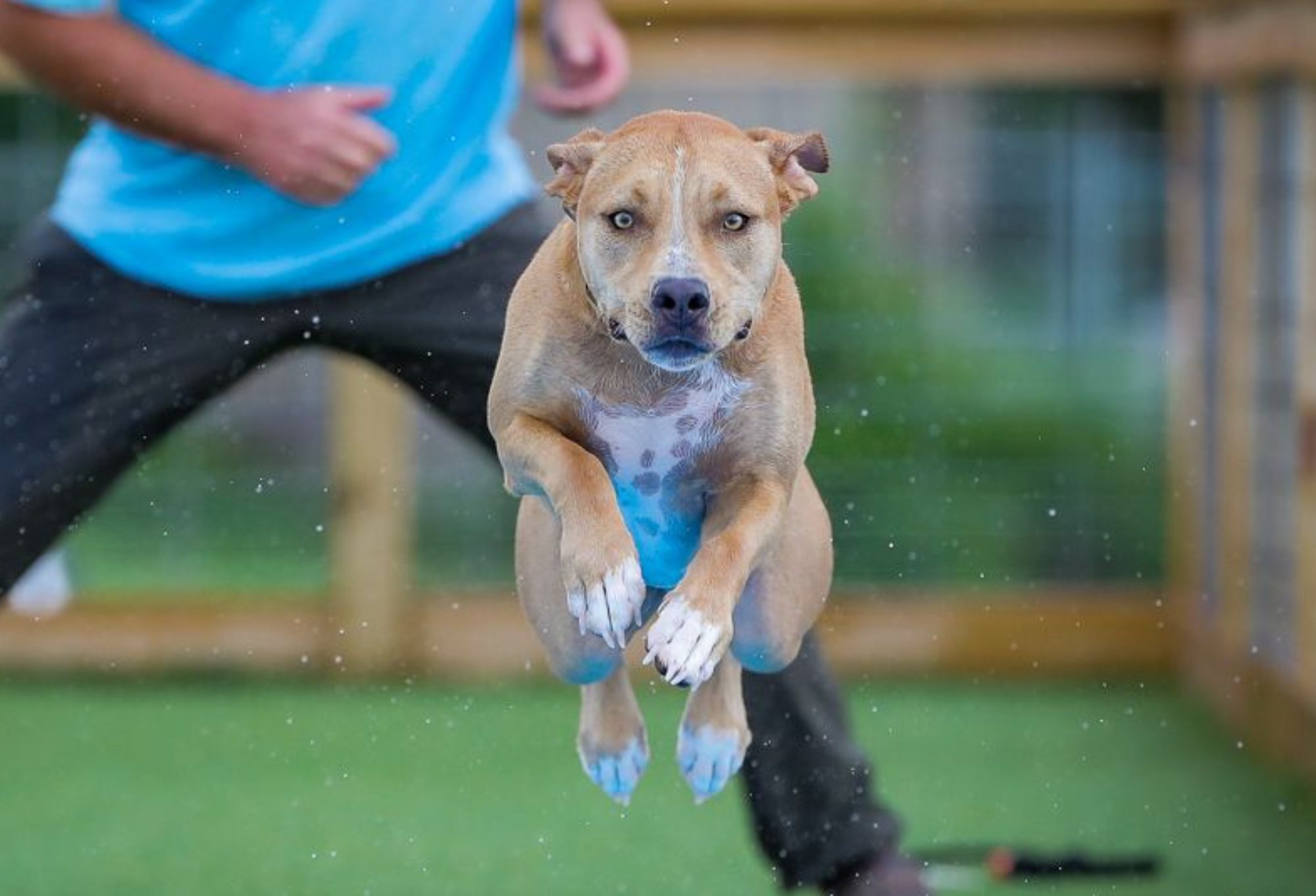Triggering, code signals, recreating drive, and strength after a souring experience.
All we had was two weeks. Just two weeks to go until our seasonal highlight event: the Dock Dogs World Championships. Facing refusals and logical stops created at our 2020 Regionals/Nationals outdoor outing, I had to retrain my dog, earn his trust, rebuild his confidence, and ultimately convince him that playing and chasing after a toy was nothing but fun. Years of work had just been seemingly flushed away in less than a minute.
My thought was to replicate the whole scenario of a speed retrieve competition without any water exposure. The outdoor temperatures had consistently dropped into the low 30’s that week. The pond water truly had turned into just another cold, and therefore risky, option, and wearing the neoprene wetsuit would not help much as it previously did not offer enough protection under similar weather conditions at Regionals. The next closest indoor facility was 100 miles away; and just getting there, creating the almost identical replica of a previous scenario of traumatizing impact, did not make much sense to me. Even so, with the indoor water was in the 80’s, Bernhardt wouldn’t know the difference without trying. Since the actual competition does not offer any opportunity to get off the ramp first, that pattern was not a training option. Bernhardt also did not need to (incorrectly) learn that the side exit and ramp were to be used for creating some safe haven of a “let’s check the water” type of scenario. I needed to come up with something else to get our dynamic behavior pattern back by reinstating a high drive combined with triggering signals that did not take any risk of discomfort or even the smallest pain infliction.
So, I returned to one of the old exercises that used when we started out: using a double drop (or bank, as it is known in the horse world) in reverse. That setting offers beautiful training varieties because there is no front landing impact (which I try to avoid as much as possible for several reasons), it strengthens the hind end, and it offers placing options even exceeding the 40-foot distance of a standard dock. With this setup, there is plenty of space to run for the object of desire: a brand-new squeaky football. And there is no risk of disappointment, except for the occasional rabbit or squirrel that could be a sudden major distraction. Once the behavior pattern is linked to the code word and triggering body language, the actual toy truly does no longer matter that much. As long as there is just some remote interest in the target, the training sequence will work. Drive for the toy, interest, and conditioning is a whole different topic that I will explain in other posts. I hope that you can find an incentive and inspiration in my thought process on how to work when things do not work – just do not forget about the dog!
